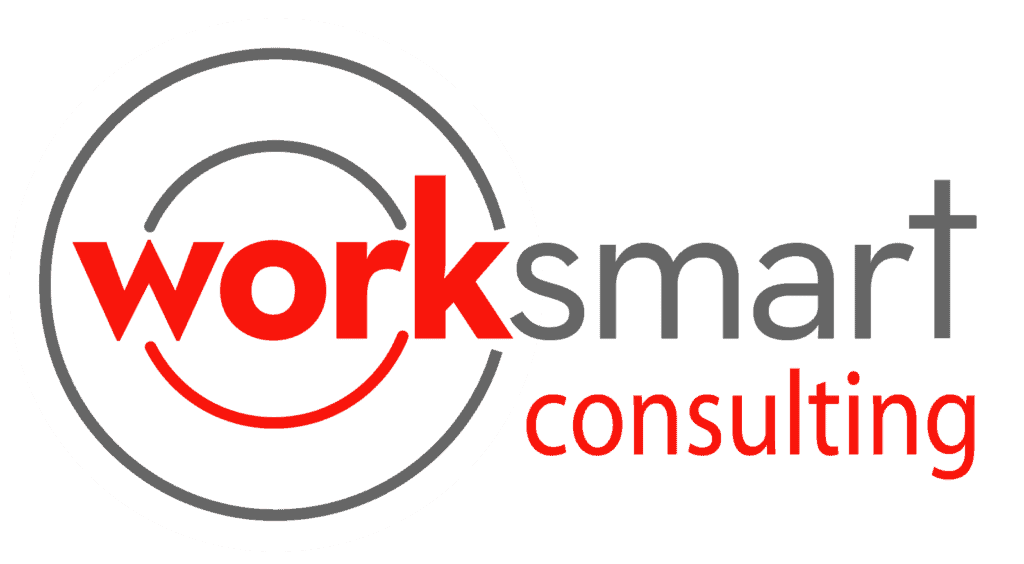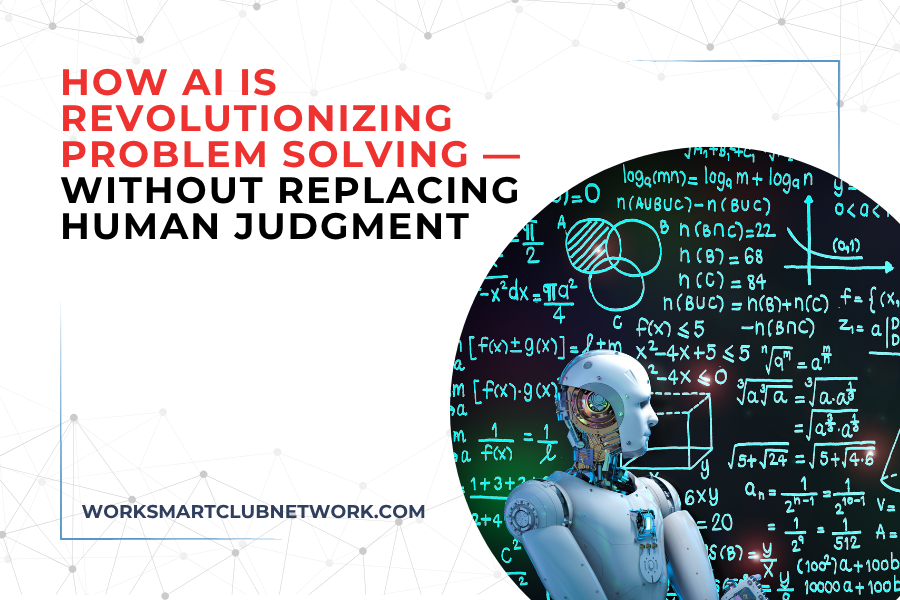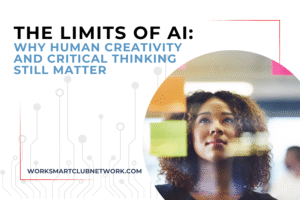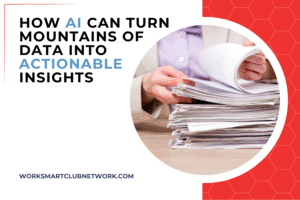Artificial intelligence is no longer just a buzzword — it’s becoming an essential tool for solving complex, multi-dimensional problems in business. From supply chain logistics to customer service optimization, AI’s ability to process enormous data sets and identify patterns is transforming how organizations approach challenges. Yet, while AI accelerates problem-solving, it doesn’t replace the critical thinking and judgment humans bring to the process.
AI’s Power in Tackling Complexity
Many modern problems aren’t straightforward; they involve multiple factors that interact in unpredictable ways. For example, a retailer may need to optimize inventory while accounting for seasonality, changing consumer preferences, supplier delays, and competitive pricing.
AI’s machine learning models can analyze these intertwined variables simultaneously, uncovering hidden relationships and forecasting outcomes with impressive accuracy. By simulating scenarios and crunching data rapidly, AI helps decision-makers explore options they might never have considered.
Collaboration Between AI and Humans
The true power of AI lies in augmenting human problem solving. AI can propose solutions based on data patterns, but it cannot understand organizational goals, cultural context, or ethical considerations the way humans can.
Human leaders review AI-generated options, assess their feasibility, and align decisions with company values and strategy. This collaboration creates a feedback loop where AI learns from human insights, and humans gain deeper understanding through AI’s analysis.
Real-World Examples
In healthcare, AI models assist doctors by analyzing patient data to suggest diagnoses or treatment plans. However, physicians use their medical expertise and patient knowledge to make final decisions, ensuring personalized and ethical care.
In manufacturing, AI predicts equipment failures by analyzing sensor data. Maintenance teams then use their experience to prioritize repairs and prevent costly downtime.
The Danger of Overdependence
Relying solely on AI-generated solutions can be risky. AI systems can inherit biases from training data or produce recommendations that overlook ethical or social impacts. Blindly following AI without human judgment may lead to poor or harmful outcomes.
Moreover, AI lacks creativity — it cannot generate truly novel ideas or think beyond existing data. Complex problem solving often requires intuition, imagination, and ethical reasoning, which remain human domains.
Developing a Balanced Approach
Organizations should foster environments where AI is a tool that enhances human problem solving, not a replacement. Training employees to interpret AI insights critically and encouraging creative thinking helps build stronger, more adaptable teams.
Investing in transparent AI systems and ethical guidelines also ensures that AI recommendations align with organizational values and societal expectations.
AI’s ability to analyze complex, multi-dimensional problems is revolutionizing how businesses solve challenges. When combined with human judgment, creativity, and ethical reasoning, AI becomes a powerful partner — enabling smarter, more informed decisions.
The future of problem solving isn’t AI versus humans; it’s AI plus humans. Embracing this collaboration unlocks innovation and resilience in an increasingly complex world.






Responses